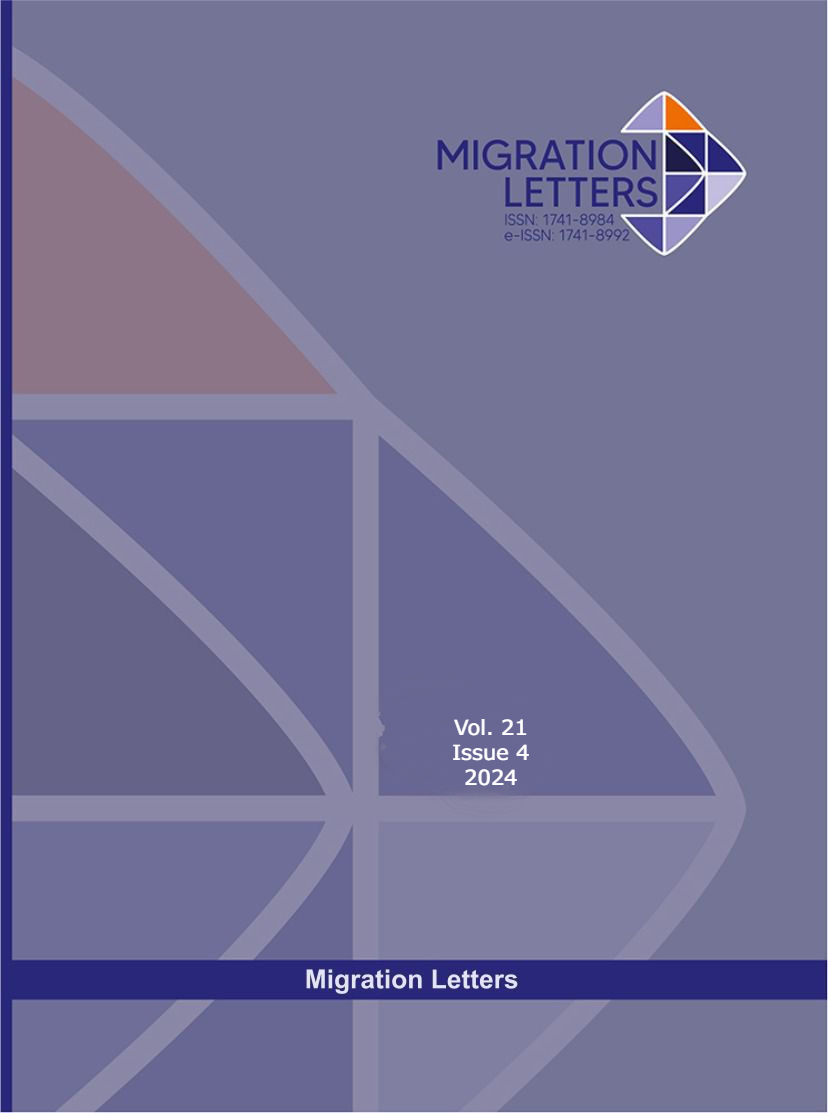under processing
Abstract
....
Metrics
Metrics Loading ...
Published
2024-02-02
How to Cite
under processing. (2024). Migration Letters, 21(4), 187–205. Retrieved from https://migrationletters.com/index.php/ml/article/view/7256
Issue
Section
Articles
License

This work is licensed under a Creative Commons Attribution-NonCommercial-NoDerivatives 4.0 International License.
CC Attribution-NonCommercial-NoDerivatives 4.0






